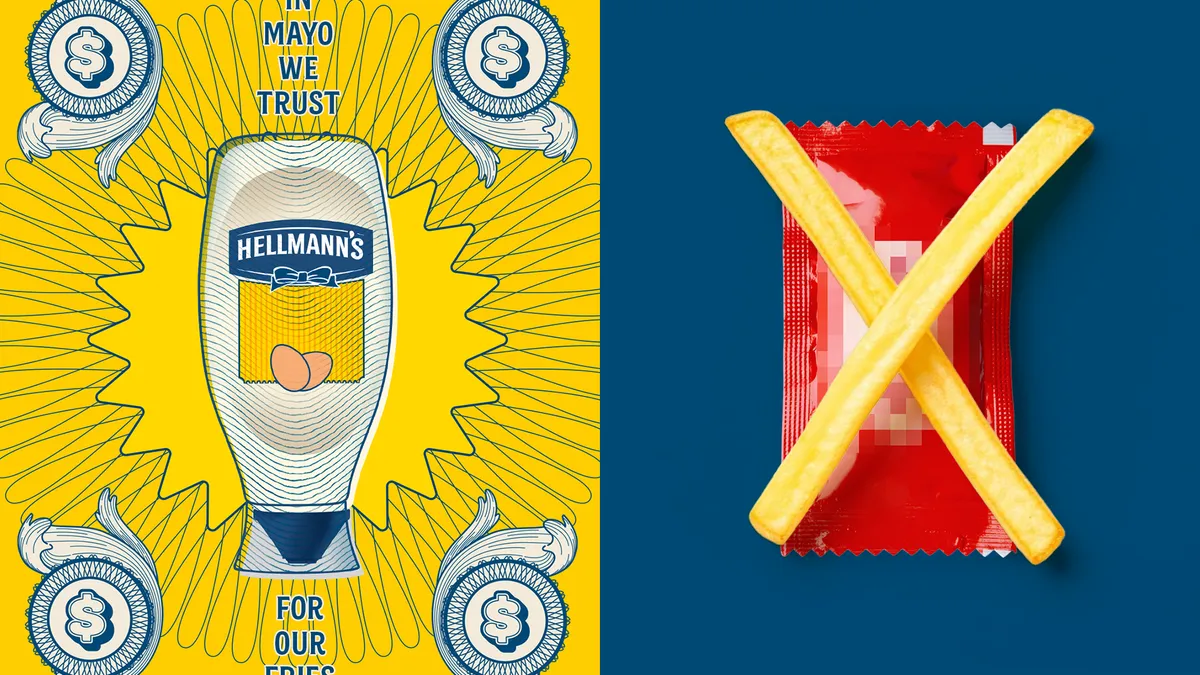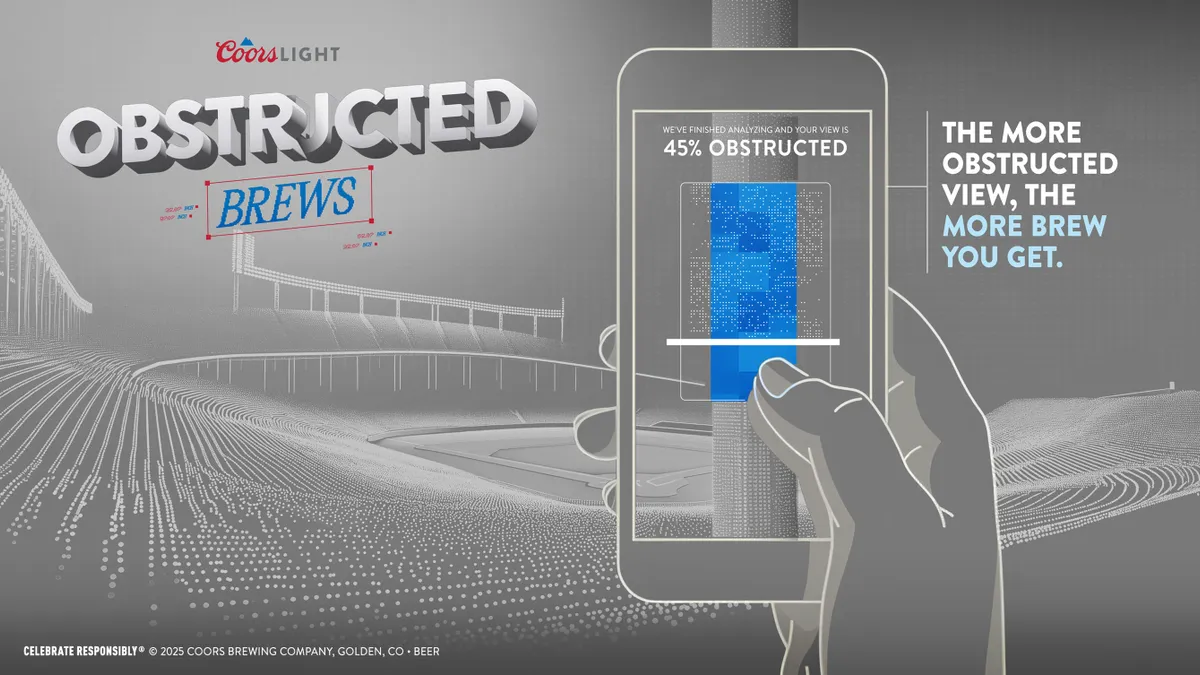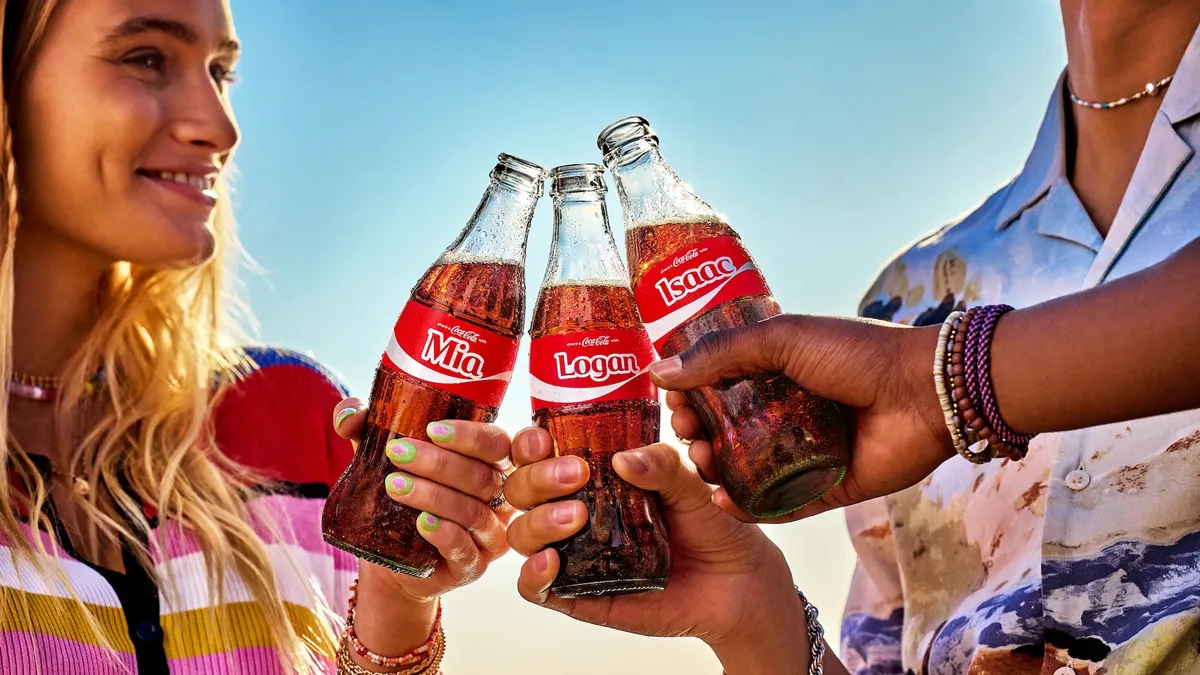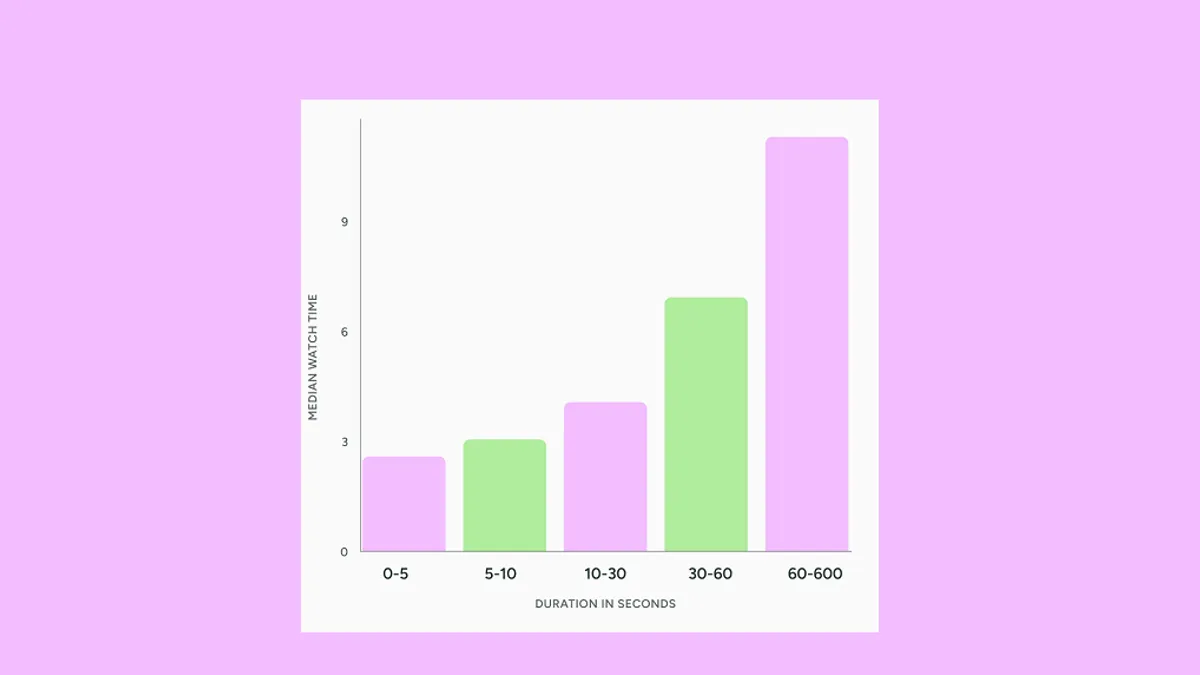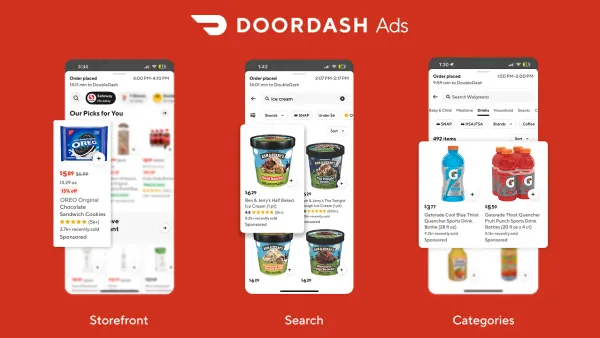Polish must be applied to brands' strategies in 2018 — with a loss of growth likely where it's not — guided by a demand for high-quality experiences that are delivered on both a global and local scale and that leverage new technologies and data to offer true personalization.
Last year, marketers took necessary inventory on the myriad issues harming their industry, with many finally deciding to directly address a murky digital media landscape. Now that a cleanup is underway, failing to take the next step and deliver better experiences portends grave consequences, with Forrester Research forecasting a loss of growth as the customer experience declines for 30% of businesses and industries in 2018. These headwinds will be felt in the boardroom as well, as more CMOs have their roles diminished or eliminated altogether to be replaced by chief growth officers.
"Recognizing and identifying the transparency gaps in the system have been necessary steps. Now it's time to put solutions in place," Brian Benedik, VP and global head of ads monetization at Spotify, told Marketing Dive via email. "It's imperative that marketers, agencies, publishers and platforms collaborate to make this happen and rebuild trust."
"Marketers have basic, legitimate expectations around their media investments, including financial transparency, brand safety, viewable and audible messaging, bots and more," he added. "These are table-stakes now for publishers and platforms."
Transparency opens a 'can of worms'
A call for greater transparency will extend beyond the B2B space to affect consumers in 2018. Whether or not certain benchmarks are hit on the path toward achieving digital transformation, this trend will open a new "can of worms" for marketers, according to Rebecca Coleman, founding partner at the creative agency Something Massive.
As marketers demand more transparency, consumers, too, will expect brands to be more open about where their products come from and what they stand for. For national brands that aren't exactly "farm-to-table," per Coleman, it will be necessary in 2018 to think about how to communicate value in a way that also makes customers feel better.
"Especially in the current political climate, there are a lot of consumers that are trying to use their wallets to make an impact."

Rebecca Coleman
Founding partner, Something Massive
"Where we used to have a social good corner where brands did things like a partnership with St. Jude and that was their separate cause marketing initiative, now consumers are starting to really look at how a company transacts all of [its] business along the production line," she said.
"Especially in the current political climate, there are a lot of consumers that are trying to use their wallets to make an impact," she said. "There's going to be a big push to integrate this social good at every step of the production process for a product as opposed to just having [it] separate."
Quality content becomes king
"Content is king" is a stale adage, but changing perspectives on how to create resonance with consumers and also deliver results are redefining what desirable content looks like. Taking things like cause marketing in-house to integrate them into a brand is just one example of how marketers will start to put an emphasis on quality as shotgun approaches continue to falter in 2018.
Executives like Procter & Gamble's Chief Brand Officer Marc Pritchard for years have hammered the industry for churning out too much "crap," but the strides that have been made with transparency — and the premium now being placed on brand-safe content — might be steering more marketers to refine their approaches.
"Advertising formats that are useful to consumers — I think there needs to be a lot more innovation on that front," Pritchard told Marketing Dive in November. "The good news is with the advent of augmented reality, virtual reality, machine learning and those things, I think there's a potential to make that happen."
Recent findings from Ascend2 showed marketers will place content marketing only behind social media in terms of effective tactics to deploy this year. With new AR development kits from Apple, Google and Facebook, along with a proliferation of connected devices and a ramp up in the popularity of mobile channels like messaging apps, brands have plenty of areas to specialize in.
"Businesses and third parties are now able to integrate themselves into the user experience, creating an entirely new consumer portal," Tom Edwards, chief digital officer at Epsilon, said in emailed comments on social messaging. "As we move into 2018, expect this trend to continue as the likes of iMessage, Facebook Messenger, Slack, WeChat and more attempt to consolidate services through APIs and downloadable 'mini-apps.'"
One-to-one marketing at scale edges closer
Better apps, devices and artificial intelligence-driven solutions like machine learning, combined with a more transparent digital media pipeline, signal that marketers are gaining access to more granular data that's easier to apply across platforms. One-to-one marketing personalization at scale has been a holy grail target for the industry for awhile, but 2018 will be the year that savvier marketers start to tap into its potential.
"When it comes to owned channels like email, push notifications and in-product messaging, many leading brands have already broken down their data silos and are leveraging new software to deliver personalized cross-channel experiences to their customers," Bill Magnuson, CEO and co-founder of Braze — formerly Appboy — said in a statement. "So, for their existing customers, one-to-one digital marketing is already happening at scale."
Marketers that don't focus on making their brands personal stand to lose out: Lack of trust and poor personalization cost businesses $756 billion in 2016 and led 43% of consumers to switch companies, according to Accenture. The challenge of achieving personalization only grows more daunting as customer acquisition and retention will become more complex.
"In 2017, the journey length for customers that [had] already been acquired reached an average of 20 months, versus 10 for an acquisition journey," Mark Smith, president of Kitewheel, said in a statement citing data from his organization. "While a customer can be won or lost quickly, retaining and growing a customer relationship takes time and cross-channel effort. With the rise of new technologies and channels, 2018 will see even more complex journeys and longer journey times."
Voice will be big but won't boom quite yet
Connected devices are one technology area that has marketers excited thanks to voice search through conversational interfaces like Amazon's Alexa or Google Assistant. Marketers' spending on voice-powered digital assistants is forecast by Juniper Research to reach $19 billion by 2022. The real promise here lies with transactional voice, where consumers can order everything from new laundry detergent to tickets to movies playing nearby simply by speaking to their device. It's a promise that won't be realized in 2018, sources said, but that doesn't mean marketers should shy away from experimentation.
"I don't think we're there yet. Truly contextual experiences will definitely be interesting pilots but it's more of a marathon than anything else," said Thomas Husson, vice president and principal analyst at Forrester.
Frequently cited examples of companies seeing success with voice transactions such as Domino's Pizza don't provide an accurate read on the evolution of the space, as pizza ordering relies on rote, repetitive commands that aren't applicable to other categories, sources said. Instead, offering dynamic FAQs or creative tie-ins with voice will be more common while anything transactional in nature is likely to be handled by technology firms via their payments services.
Voice search is "more of a marathon than anything else."

Thomas Husson
Vice president, principal analyst, Forrester Research
"It's another thing that companies like Apple and Amazon and Google are going to be able to offer — this transactional element to other brands that know [consumers] are not going to trust them, or places that wouldn't normally have their information," Something Massive's Coleman said.
Influencer marketing settles down — and shrinks
Like voice search, influencer marketing is a tactic marketers can't seem to get enough of: 39% of surveyed professionals plan to increase their influencer marketing budgets in 2018, according to a study by the firm Linqia. Even as the volume of ad dollars flowing toward influencers grows, the number of actual vendors will shrink in 2018.
"At the highest level, this is still a Wild West category," said Chris Gannett, head of new ventures and an influencer marketing specialist at The Marketing Arm. "We still have a landscape that is characterized by overlapping and often indistinguishable players and products and services [...] We're going to see some fallout of the weaker players just from a quality of technology perspective."
Consolidation comes at a time when influencers and platforms will have to meet more stringent transparency standards set by both brands and regulatory bodies like the FTC. In terms of how influencers are implemented into strategies, more businesses will attempt to foster talent organically to address these issues and ensure ambassadors are representative of their values.
"There will be more in-house influencers for brands," Gannett said, adding that this stems from the growing "notion of finding long-term deals with compelling influencers that, over time, begin to embody the voice of the brand."
Breaking down blockchain expectations
Influencer marketing also stands to benefit from blockchain technology, per Gannett, since it could bolster accountability and transparency. Many marketers are looking to blockchain as a catch-all solution to cleaning up much of the murk in digital media, and a recent 451 Research survey of enterprise businesses showed that 20% are using blockchain in a discovery or evaluation phase and 4% are running trials.
"I don't see blockchain driver solutions becoming important in marketing in 2018, largely due to issues with efficient scaling," Braze's Magnuson said. "However, as blockchain technology matures, I can see a lot of potential applications in trust and verification, such as fighting ad fraud, or enforcement of smart contracts that protect user data."
"The lack of standards means early adopters are placing a tremendous amount of faith into a single blockchain platform that may fail."

Brian Lovett
Director of product, VigLink
The coming months will then serve as a proving ground where brands experiment with where blockchain could fit into their toolkits and consumers glean a better understanding of what exactly the technology does.
"The lack of standards means early adopters are placing a tremendous amount of faith into a single blockchain platform that may fail," said Brian Lovett, director of product at VigLink, in a statement.
"The larger issue is one of data control," he added. "Multi-billion dollar companies like Facebook are unlikely to give up control over user data, so there is little incentive to adopt this disruptive technology unless more users cry out for it."
A make or break year for ads.txt?
Another technology solution feeling a pinch is ads.txt, which was rolled out by the IAB Tech Lab in May 2017. The tool is meant to combat online ad fraud — and appears to be successful at doing so — but has been adopted by just 20% of publishers, according to MediaRadar.
Following a year that saw digital media darlings struggle to meet revenue expectations, publishers and marketers need to work more closely together in 2018 to support their businesses and protect the ecosystem they operate in. A December study between 16 programmatic publishers and DSPs including Google estimated publishers lose $1.27 billion to online ad fraud yearly. Worse yet, the biggest barriers to adoption when it comes to potential fixes like ads.txt might be something as simple as a lack of awareness.
"[Ads.txt] just wasn't a priority, but when we did more education in market for publishers and DSPs across the board, folks understood that it wasn't as much development work as they assumed it'd be," Lauren Hendricks, vice president of publisher partnerships at Kargo, told Marketing Dive in December when the company became the first to achieve 100% ads.txt compliance.
Consolidation accelerates with infrastructure investments
This year, the industry will also see the GOP's massive tax overhaul take effect, which slashes corporate tax rates from 35% down to 21%. Analysts have speculated that tech giants like Google, Facebook and Amazon will save billions from this adjustment, but it potentially benefits many advertisers.
The bill includes a provision that would allow any company to write off capital expenditures in the short term, meaning marketers are likely to invest more in their infrastructures. Recent moves such as Target's $550 million acquisition of the same-day delivery platform Shipt point to how traditional retail and CPG players might use that windfall to purchase more upstarts that would help retain an edge against e-commerce competitors like Amazon.
"We can expect more deals such as Walmart's acquisition of Jet.com and Bonobos – legacy retailers who need to accelerate their delivery of the seamless online experience," Daniel Mintz, chief data evangelist at Looker, said in an emailed comment.
When it comes to Amazon's acquisition targets, "anything's on the table."

Chris Gannett
Head of new ventures, The Marketing Arm
On the other hand, Amazon's snapping up of Whole Foods last year demonstrated pretty much all bets are off in terms of where the Seattle-base company will attempt to position itself for expansion. The light touch of the current regulatory environment is unlikely to temper the general ramp-up in M&A that's also recently included Disney's acquisition of Fox assets and CVS's agreement to buy Aetna.
Marketers shouldn't be surprised if some mainstay companies and platforms cash out in the coming months.
"I'll be curious to see if Amazon purchases Twitter," The Marketing Arm's Gannett said. "I think anything's on the table."
Marketers think globally and locally
Finally, marketers must prepare their businesses for an increasingly globalized world. The EU's General Protection Data Regulation (GDPR) is likely to blindside many in the industry when it's rolled out in May, according to Husson. Forrester's own predictions for 2018, made available to Marketing Dive in an email, note that marketers have "largely underestimated" the burden of meeting with GDPR compliance and "are scrambling to prepare" now.
Beyond regulatory hurdles, global brands will also need to work to be agile and meet the needs of customers in local markets, taking into account unique regional factors.
"What's different is how [localization] is happening in the digital era. It can make it a bit more complex and raises expectations of customers to be served in a more contextual way, culturally-relevant way," Husson said. "And so digital is kind of a double-edged sword. That is particularly true for mobile.
"It certainly requires an evolution in terms of how marketing organizations need to evolve their governance, how they need to be more aware of the specificities of local behaviors, attitudes and expectations," he added.









